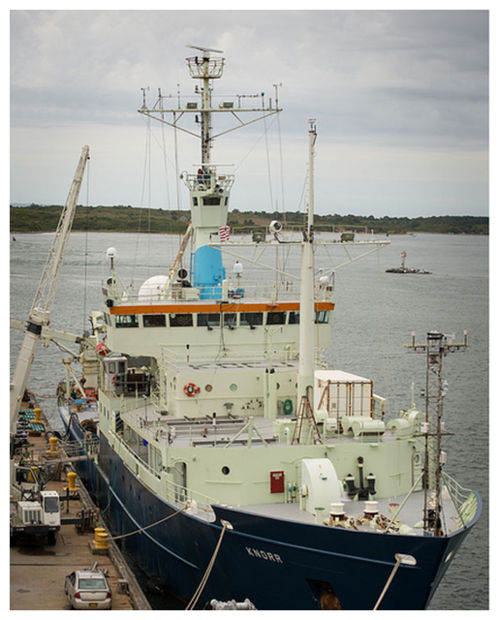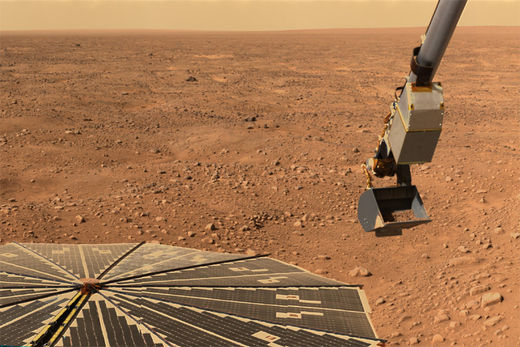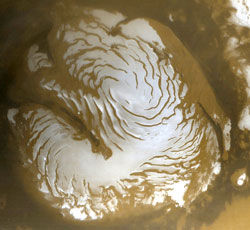
© NASAThe Woods Hole Oceanographic Institution's research vessel Knorr docked before its scheduled departure on Sept. 6 to study salinity in the mid-Atlantic ocean.
Over the past 50 years, the salty parts of the oceans have become saltier and the fresh regions have become fresher, and the degree of change is greater than scientists can explain.
Researchers are heading out into one particularly salty ocean region, in the middle of the North Atlantic Ocean, in the hopes of better understanding what drives variation in salinity in the upper ocean.
Ultimately, they hope, research like this will offer insight on the dynamics behind
the dramatic changes in the ocean's salt content.
Many oceanographers have a hunch about what is going on: Climate change, Ray Schmitt, a senior scientist at the Woods Hole Oceanographic Institution, told journalists during a news conference Wednesday (Sept. 5).
"Climate is changing all the time, and some of that change is due to natural variation," Schmitt said. "The 50-year trend we are talking about, most of us believe is really due to the general trend of global warming."
Salt & the global water cycleThis matters because the ocean is at the heart of the planet's water cycle: 86 percent of global evaporation and 78 percent of global precipitation occur over the ocean, according to NASA, the lead entity behind the project, called Salinity Processes in the Upper Ocean Regional Study (SPURS).
Over the ocean, more evaporation as compared to precipitation translates into saltier water. Meanwhile, in regions where precipitation is favored, water is fresher.
By tracking ocean salinity, researchers can better understand the global water cycle.
Global warming is expected to intensify it, but current computer models do not predict the amount of change seen over the last 50 years, Schmitt said.
Aside from an increase in evaporation caused by warming, such factors as winds can also contribute to
changes in salinity.
"We have a lot of questions about the basic physics we hope to resolve with this cruise," Schmitt said.




Comment: Those who would give up essential liberty to purchase a little temporary safety, deserve neither liberty nor safety. - Ben Franklin